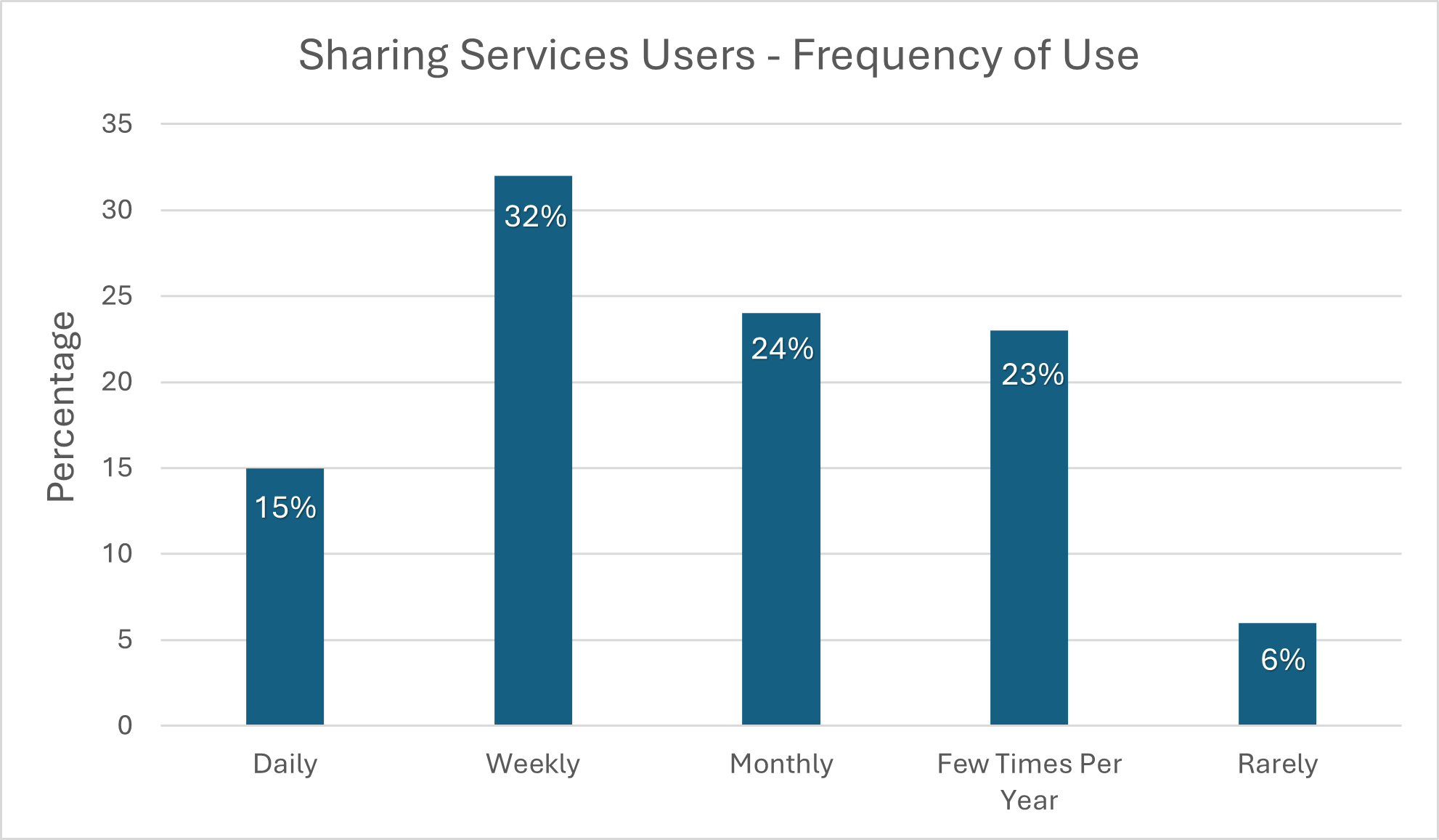Regulations are essential because they protect consumers and are integral to the health of many markets such as financial services, pharmaceuticals, food, and automotive, to name just a few. Complying with regulations can be expensive; yet if you don’t comply, you can be fined. Yet the true cost to an organization is much higher than the fine, which in most cases, is just the tip of the iceberg.
The actual cost of non-compliant communications
The costs of non-compliance are significant especially when you consider the total impact. In addition to fines, legal fees, and restitution judgment, there are also high indirect and invisible costs. As the organization gets distracted by the legal burden of non-compliance and the potentially negative media coverage, it can suffer from business disruption, decreased productivity, and revenue losses. Each is a multiple of the cost of the original fine.
As displayed in the graphic below, negative stock prices and loss of goodwill can be up to nine times the cost of the original fine. These are very large numbers and can have very substantial short-term and long-term impacts on your business.

Use AI to do the first pass
Now regulators, such as FINRA, are using artificial intelligence to help make their workload more manageable and efficient. Similarly, organizations might want to consider using AI to assist them in being more accurate and efficient.
Saifr’s mission is to make regulatory compliance faster, less expensive, and more accurate via human augmentation. SaifrReview® uses multiple natural language processing (NLP) models to “understand” content. The NLP engine performs a first pass by highlighting potentially risky words, phrases, and images. The engine also explains why something might be problematic (promissory, misleading, etc.) and can suggest possible disclosures and footnotes. Marketing can decide to proactively make any changes before compliance even sees the first version. Thus, SaifrReview can help reduce review fatigue while helping deliver compliant materials to market faster.
Know where to focus
With the volume of reviews that compliance and legal often have, it can be overwhelming and hard to determine where to focus next. SaifrReview’s NLP engine analyzes each piece, scores each based on identified potential risks, and presents that score on the dashboard. The score, along with the due date of all items in your queue, can help provide focus on what to review next. Once you open a piece, potential risks are highlighted; and the tool shows why certain words, phrases, or images were flagged. As you review the piece, you can decide what action to take. SaifrReview helps keep you focused on the right priorities to be efficient and deliver your reviews and approvals timely.
The right tools can help your organization adhere to regulations and perform more efficient compliance reviews.
Are you considering AI solutions for your business? Make sure to ask the right questions.
991409.3.0







